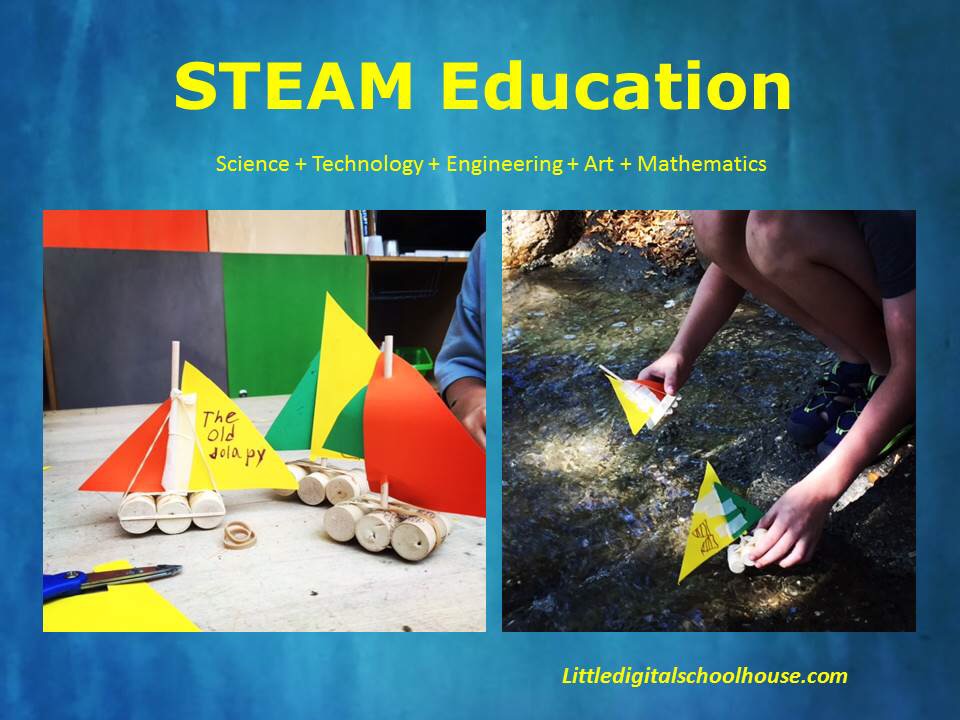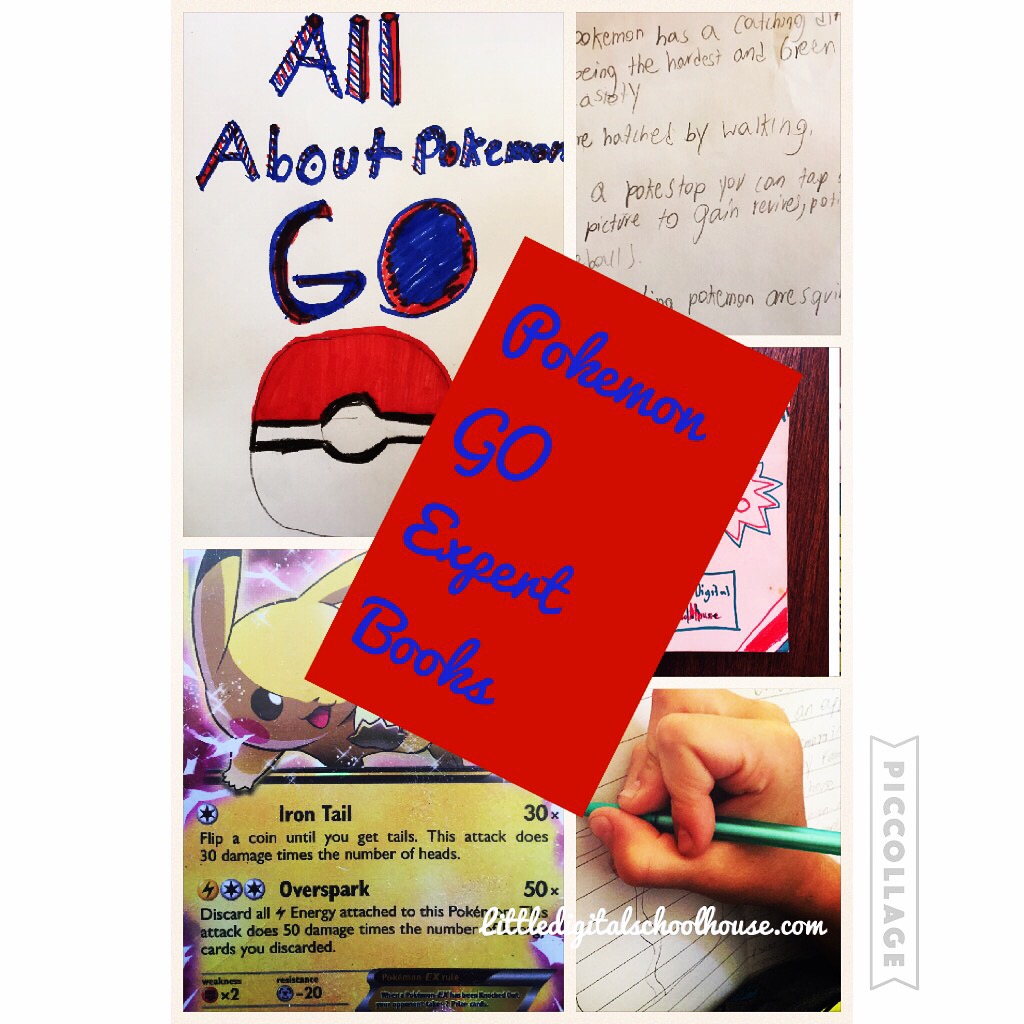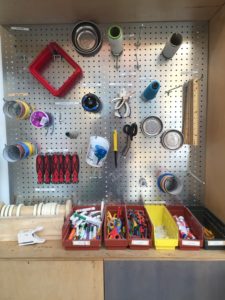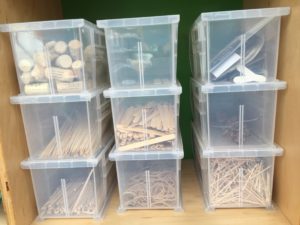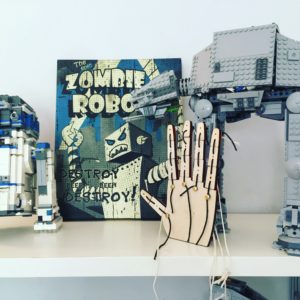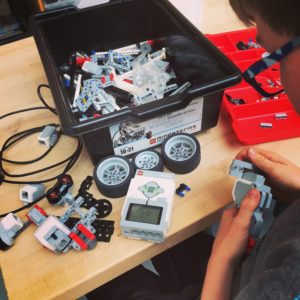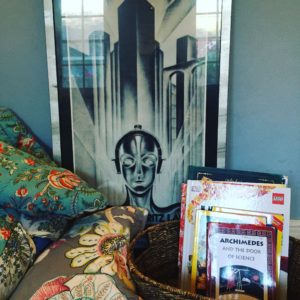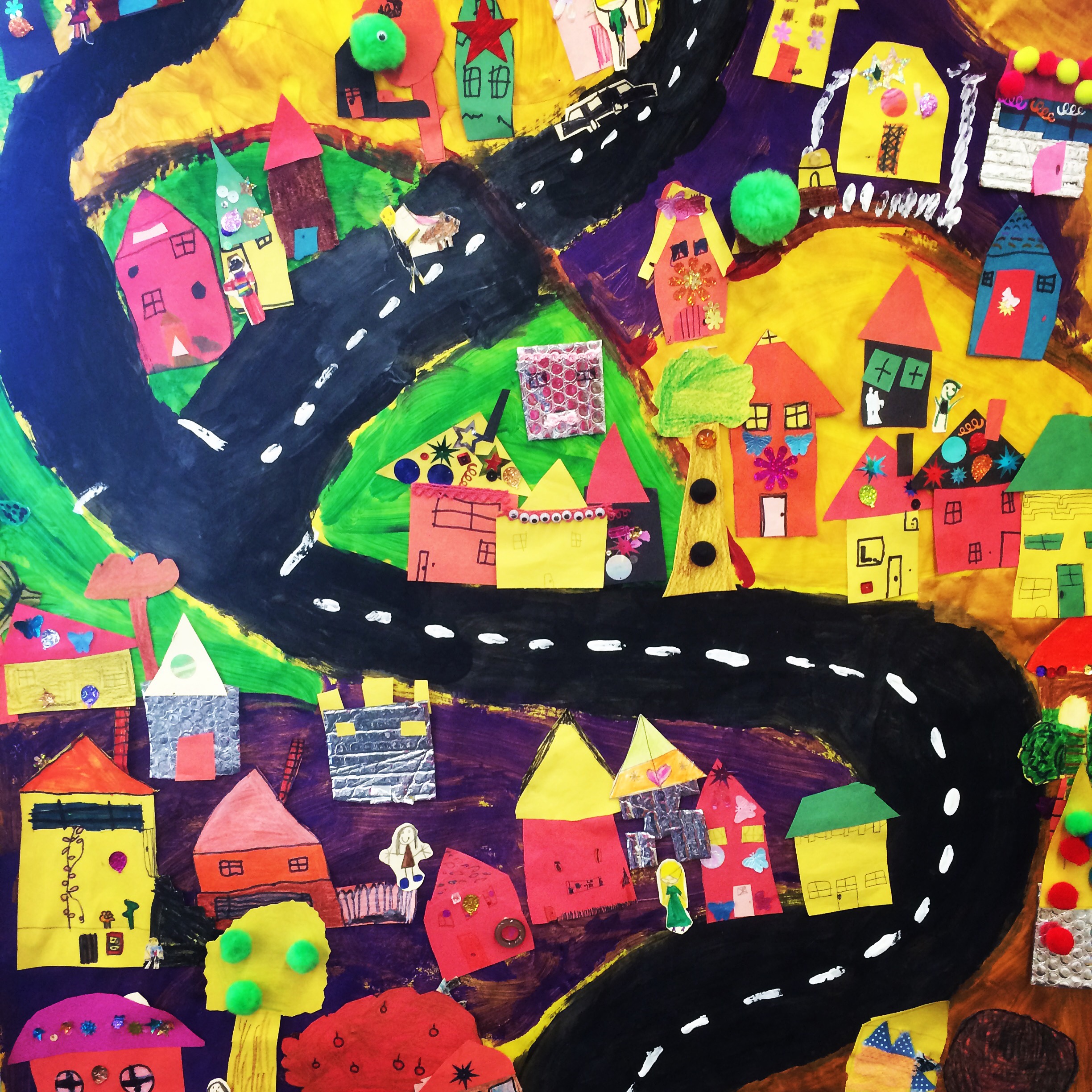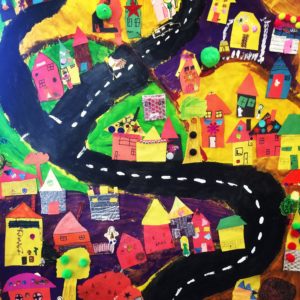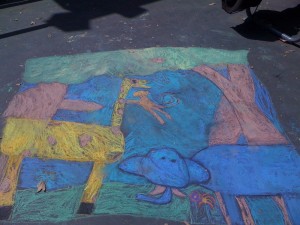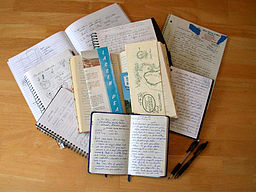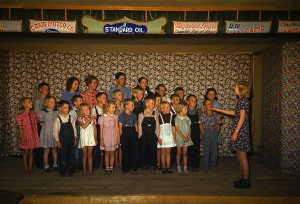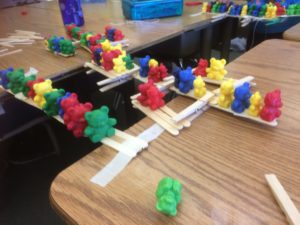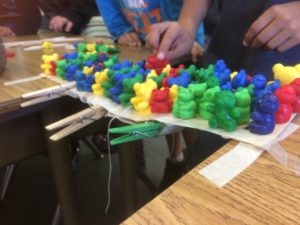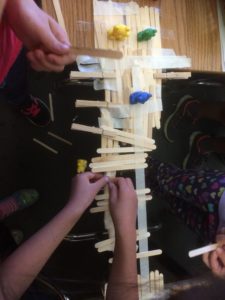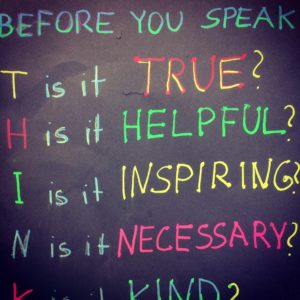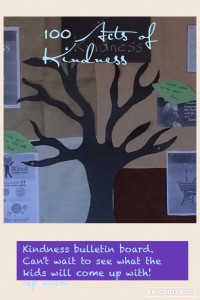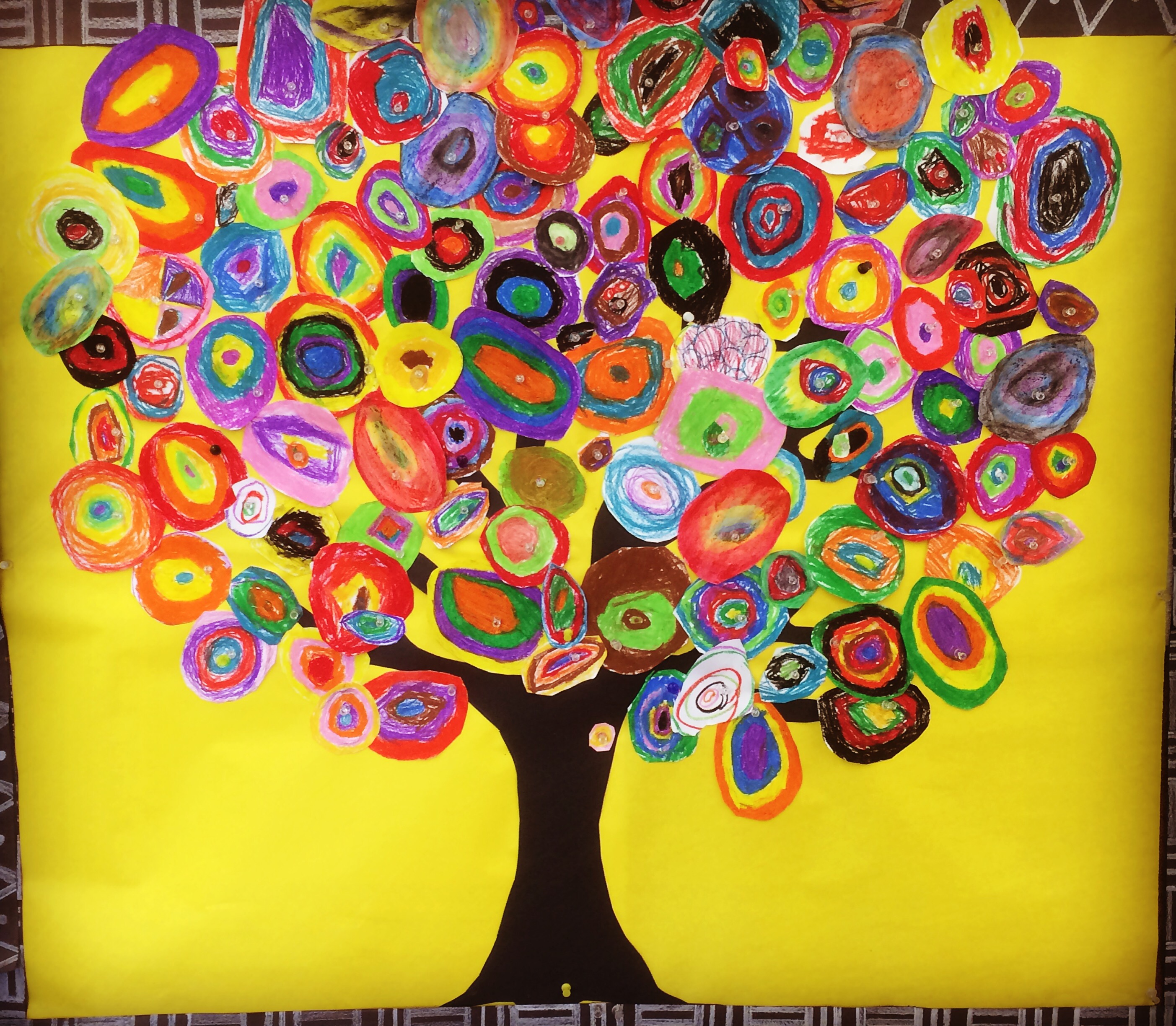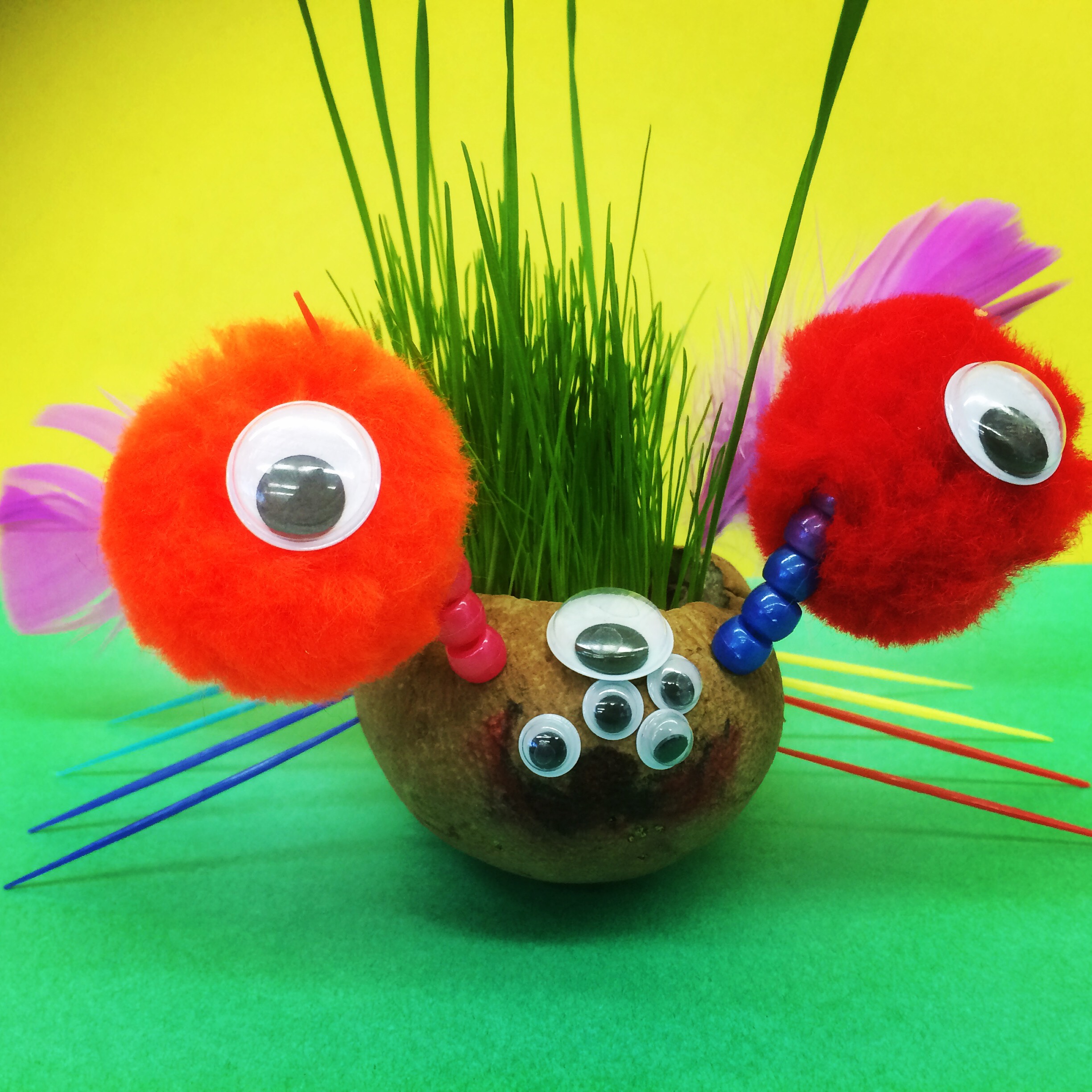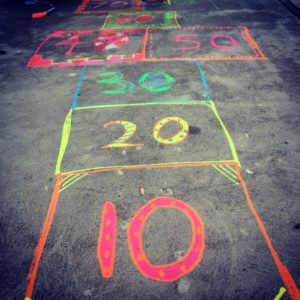
We love exercising while we memorize our math facts. The benefits of movement for long term memory are well documented and you can find out more about brain-derived neurotropic factor right here. One of our favorites is math hopscotch. We first create the game with chalk and then its time to play. Our students love it and get some much needed exercise. We use liquid chalk because the colors are so vivid and it is much easier to use.
We put the kids in groups of 4 and have them design their game. Sometimes they come out a bit lopsided but that’s ok. We do check in the end that the numbers are in the correct places. Any mistakes are easily corrected by filling the area with the color of the number and then using a contrasting chalk to make the correction.
This activity can be done with any kind of math fact. We also use it to count by 2’s and 5’s. Our students love coming up with their own games and sometimes it is best to get out of the way and let the kids have fun with it. The best part is to watch the whole school use the games at recess and lunch!
Are you interested in some of our other math activities?

